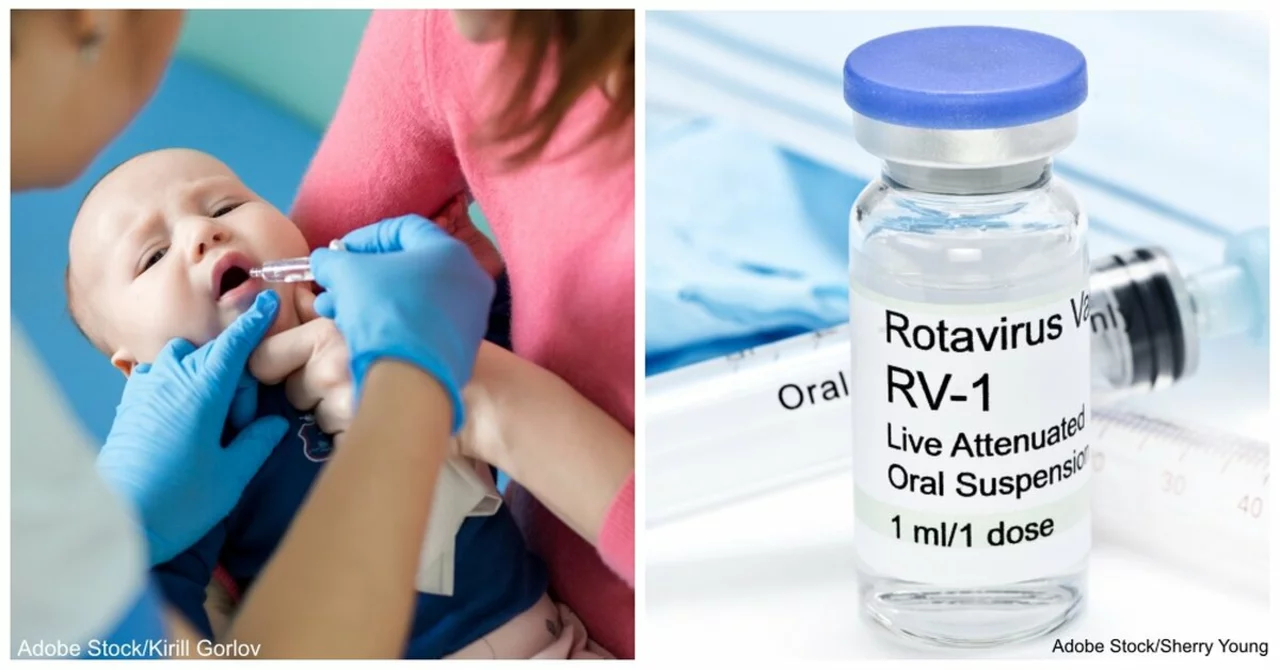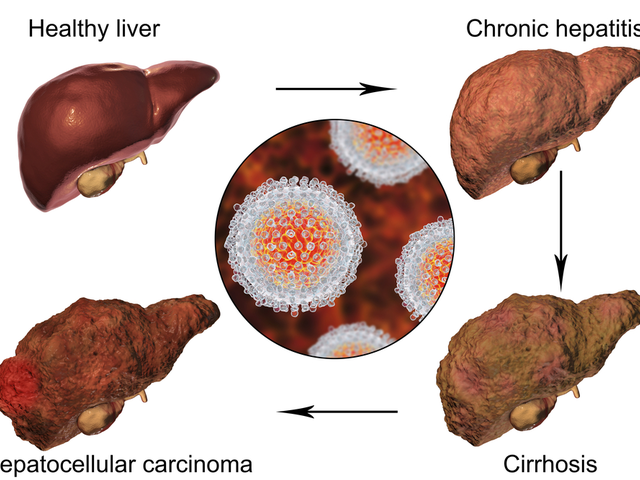Tetanus vaccination: what you need to know right now
Tetanus is caused by a toxin from soil bacteria that can enter the body through cuts or punctures. The vaccine doesn’t prevent cuts, but it stops the toxin from doing damage. That means a simple shot can keep you from a serious, life‑threatening illness. Here’s a plain, useful guide to who needs shots, when, and what to do after a wound.
Who gets which shot and when
Kids get DTaP, which protects against diphtheria, tetanus, and pertussis. The usual childhood schedule is doses at 2, 4, and 6 months, a booster at 15–18 months, and another at 4–6 years. Older kids and adults get one Tdap around age 11–12 to boost pertussis protection, then a tetanus/diphtheria (Td) or Tdap booster every 10 years.
If you’re pregnant, you should get a Tdap during each pregnancy, ideally between 27 and 36 weeks. That helps protect the newborn from whooping cough in the first months of life.
When to get a booster after a cut
Not every scrape needs a new vaccine. If you have a minor clean wound and your last shot was within 10 years, you’re probably fine. If the wound is deep, dirty, or from a puncture (like a nail), and your last tetanus shot was more than 5 years ago, get a booster now. If you never completed the primary series or your status is unknown, healthcare providers will give a dose and schedule follow-ups to finish the series.
In some cases—especially with severe wounds and unclear vaccine history—doctors may give both the vaccine and tetanus immune globulin to provide immediate protection.
Common side effects are mild: soreness, redness, low‑grade fever, or tiredness for a day or two. Serious allergic reactions are rare. If you had a severe reaction to a previous tetanus vaccine, tell your provider.
Who should NOT get it? People with a history of severe allergic reaction to a prior vaccine dose or to a vaccine ingredient should avoid repeat doses until assessed. Also tell the clinician about any recent neurologic problems after a vaccine.
Travelers to low‑resource areas should check their tetanus status before leaving. Tetanus cases still occur worldwide, especially where wound care is limited. A booster within 10 years before travel is a good safety step if you can’t confirm your shots.
Where to get vaccinated: primary care offices, urgent care, many pharmacies, travel clinics, and public health centers. Most private insurance covers the shot; if cost is a concern, call your local health department — many offer low‑cost or free vaccines.
Quick tip: keep a digital photo of your vaccination record. It’s handy after injuries, for travel, or when switching doctors. A few minutes to check your status now can save a lot of worry later.
29
Tetanus Vaccination Programs: Success Stories and Lessons Learned
I recently came across some inspiring success stories and valuable lessons learned from tetanus vaccination programs worldwide. These programs have significantly reduced the prevalence of tetanus, saving countless lives. One major takeaway was the importance of collaboration between governments and international organizations to ensure accessible vaccines for all. Additionally, community education and awareness played a crucial role in overcoming cultural barriers and misinformation. These insights can be applied to future vaccination initiatives, ensuring continued progress in global health.
Latest Posts
Popular Posts
-
 Allergy Action Plan: Essential Medications to Carry and When to Use Them
Allergy Action Plan: Essential Medications to Carry and When to Use Them
-
 Over-the-Counter Medication Safety: Hidden Ingredients and Interactions You Can't Afford to Ignore
Over-the-Counter Medication Safety: Hidden Ingredients and Interactions You Can't Afford to Ignore
-
 How to Keep Medications Safe from Children and Pets at Home
How to Keep Medications Safe from Children and Pets at Home
-
 Acromegaly: Understanding Excess Growth Hormone and Effective Treatment Options
Acromegaly: Understanding Excess Growth Hormone and Effective Treatment Options
-
 Pharmacist Recommendations: When to Suggest Authorized Generics
Pharmacist Recommendations: When to Suggest Authorized Generics



